
10 Creative Raised Garden Bed Ideas to DIY Today
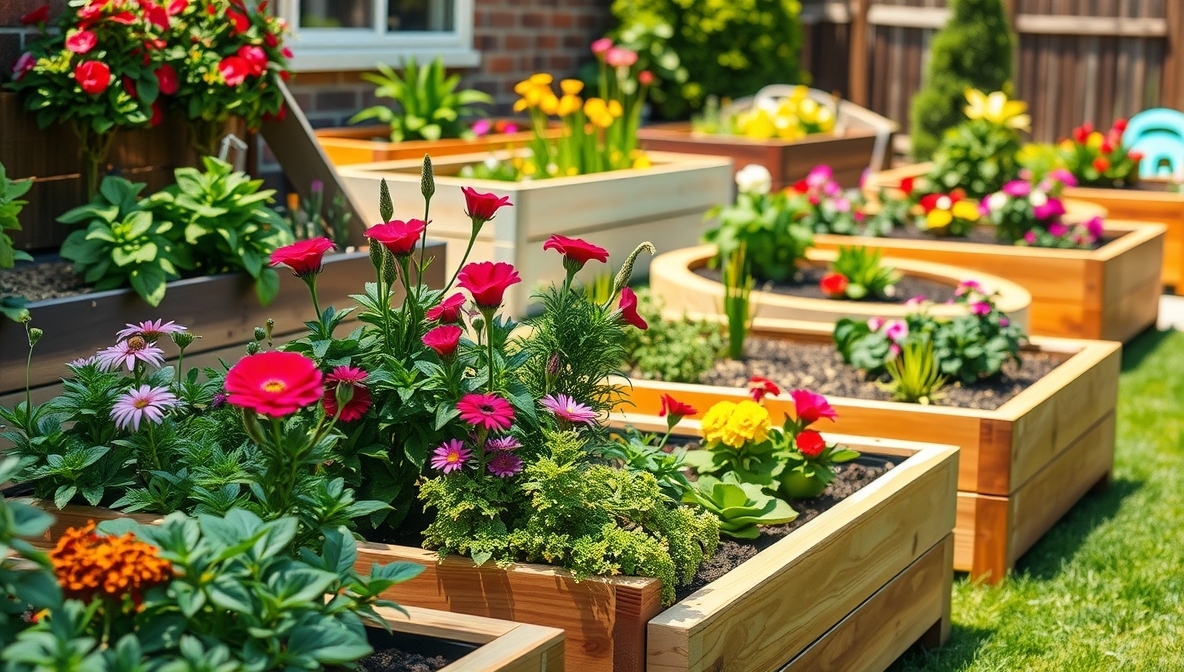
Raised garden beds add beauty, functionality, and organization to any outdoor space. They help control soil quality, improve drainage, and keep weeds at bay. A well-designed raised bed also brings an aesthetic upgrade that turns a plain yard into a charming garden retreat. Building your own beds allows you to customize shapes, sizes, and materials to match your vision and budget.
Many people enjoy experimenting with unique designs that go beyond standard wooden boxes. Reclaimed wood, galvanized metal, and even stone can create a striking look while providing durability. Tiered beds add dimension and work perfectly for small spaces, while corner beds maximize every inch of an awkward yard layout. Some gardeners love incorporating built-in benches or trellises for added convenience and vertical growth.
DIY raised garden beds offer endless possibilities for creativity while delivering practical benefits like healthier plants and easier maintenance. Get inspired by ideas that balance style with function and discover new ways to make gardening enjoyable and efficient. Explore these fresh concepts and pick the ones that reflect your personal taste and gardening goals.
Raised Garden Bed Ideas DIY
Gardening brings peace and fresh food to any home. A raised garden bed makes the job easy and neat. It keeps the soil healthy and reduces weeds. You can also control the height for easy access. Let’s explore ten simple and creative ideas to build your own raised garden bed.
1. Wooden Frame Bed
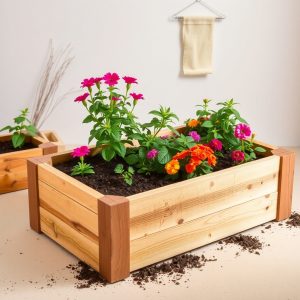
Wood is the most common material for raised beds. Use untreated cedar or pine boards. Cut them to equal lengths and join them with screws. Make sure the bed is at least 12 inches deep for most vegetables. Add a liner at the bottom if your soil is poor. This design is easy to build and looks natural in any yard.
2. Cinder Block Bed
Cinder blocks make a strong and low-cost bed. Place them in a rectangle or square shape. The holes in the blocks can hold small herbs or flowers. This design does not need nails or tools. It also lasts for years without much care. Make sure the blocks are level before adding soil.
3. Metal Raised Bed

Galvanized steel panels give a modern look to your garden. These beds resist rot and pests. Use corner brackets to hold the panels in place. Keep the edges smooth for safety. Metal beds warm up fast in spring, which helps plants grow early. They also last longer than wood.
4. Brick or Stone Bed
Bricks or stones create a strong and classic bed. Stack them without mortar for easy setup. This design looks good and blends with any garden style. Bricks hold heat, which can help plants in cooler months. Add landscape fabric under the bed to stop weeds.
5. Vertical Raised Bed
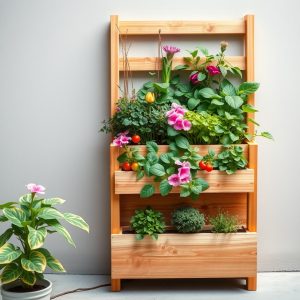
A vertical bed works in small spaces. Use wooden pallets or stack planters. Grow herbs, strawberries, or flowers on different levels. This design saves space and adds beauty to walls or fences. Make sure the structure is stable before adding soil.
6. Tiered Garden Bed
A tiered bed has two or more levels. It is perfect for slopes or uneven ground. Use wood or stone to build steps of different heights. Grow deep-rooted plants on the top tier and shallow ones on the lower levels. This design adds depth and color to your garden.
7. Wattle Bed
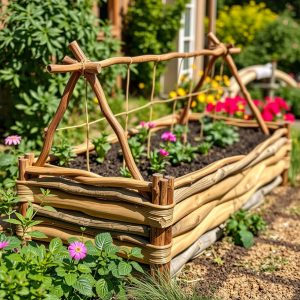
A wattle bed uses woven sticks or branches. This style is natural and eco-friendly. Push strong stakes in the ground and weave thin branches between them. It looks rustic and works well for herbs or flowers. Make sure the weave is tight so the soil does not spill.
8. Raised Bed with a Trellis
Combine a raised bed with a trellis for climbing plants. Attach a wooden or metal trellis to the back of the bed. Grow beans, cucumbers, or peas on it. This saves space and gives a neat look. It also provides shade for small plants under the trellis.
9. Raised Bed with Cover
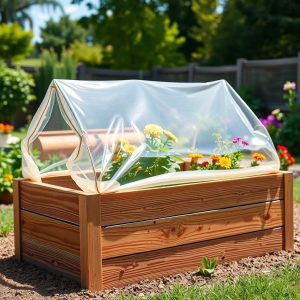
Add a cover to protect your plants. Use PVC pipes to make a simple hoop frame. Then add a plastic sheet or net over it. This keeps bugs away and protects plants from frost. You can open the cover on warm days and close it during cold nights.
10. Recycled Material Bed
Old items can become garden beds. Use wooden crates, barrels, or old furniture. Make sure the material is safe and has drainage holes. This idea saves money and reduces waste. It also adds a creative touch to your garden.
FAQs
1. How deep should a raised garden bed be?
At least 12 inches deep is good for most vegetables. Root crops may need 18 inches.
2. What is the best material for a raised bed?
Cedar, galvanized metal, or bricks last long. Avoid treated wood because it may harm plants.
3. Do raised beds need a bottom?
No, most beds do not need a bottom. Just make sure the soil below drains well.
4. Can I put a raised bed on concrete?
Yes, but add a liner and enough soil depth. At least 12 inches of soil works well.
5. How often should I water a raised bed?
Water when the top inch of soil feels dry. Beds dry faster than ground soil.
Conclusion
Raised garden beds make gardening simple and neat. They keep soil healthy, control weeds, and add beauty to any space. Use wood, metal, bricks, or even old items. Add covers or trellises for more options. Start with any of these ideas and enjoy fresh food from your own garden.
